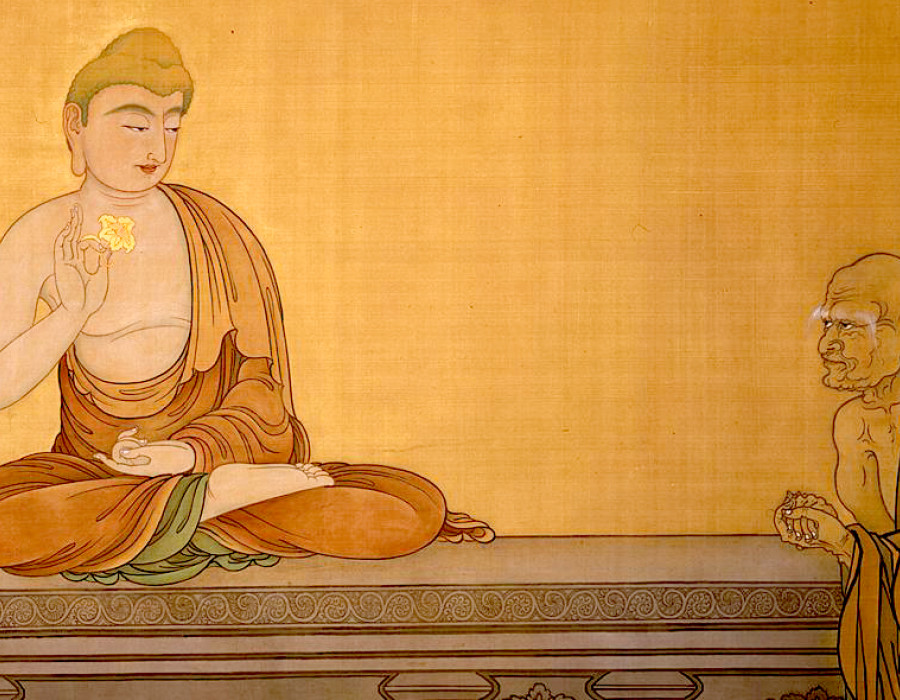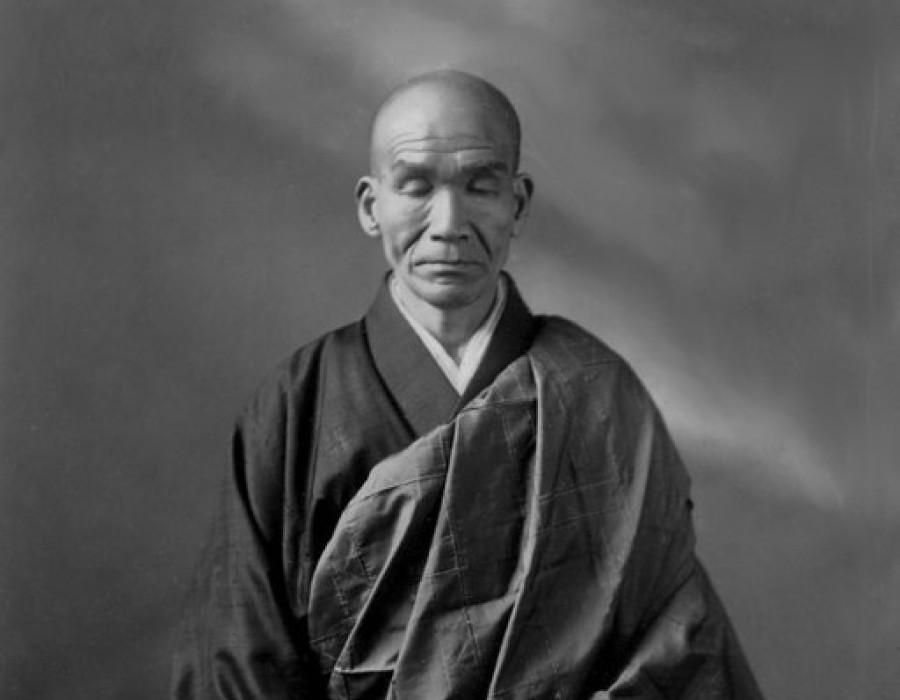
Martin Goodson
The Six Paramitas: 3. Patient Endurance
Exercises in Mindfulness
If we can 'sit' with our impulses, we might find that they leave of their own accord.
.jpg)
Child planting rice
Who hasn’t experienced acting in haste only to regret it after the fact? In hindsight we wonder what we were doing and what thoughts made us do it. The paramita of patient endurance acts as a containment practice for just such moments.
The difficulty is that our impulsive moments often creep up on us when we least expect them. It seems as if one moment everything is normal and suddenly we are overcome by some notion that in retrospect looks crazy but at the time seemed to make perfect sense.
There is an old Chinese story about a young boy who is being taught to grow rice by his father. In China rice paddies are commonly planted on steep hillsides. Ridge-like banks contain these inundated strips of land where green shoots can often be seen peeping out of the water. The boy spends the whole day helping his father plant his rice field. He wades through the soft mud in his bare feet, enthusiastically planting the little shoots and imagining how they will grow. He wonders how much rice each plant will yield. That evening he is too impatient to let nature take its course. Overcome by anticipation he sneaks out of bed and returns to the rice paddy. Plunging his hands under the water he pulls on each seedling and imagines how happy his father will be next morning to discover that they have already grown a couple of inches! But the following day the hot sun wilts the exposed and vulnerable shoots and the entire crop is wasted.
Strong emotion narrows our perception. The first thing that happens when we are impelled by an emotion is that our perception of a given situation becomes narrower. In fact we enter a trance. The definition of a trance is precisely this narrowing of awareness. We are literally ‘entranced’.
We can also become entranced by our thoughts when we meditate. We can be carried away for several minutes at a time before realizing that the meditation object has been forgotten. In fact meditation practice itself provides a clue to how we should guard against this event. In both zazen (sitting meditation), and in daily life practice (meditation in the midst of activities) there is an emphasis on the physical form.
As the modern Zen master Sokei-an pointed out, there is a physical shape to everything that we do. Formal, semi-formal and informal attitudes all have an appropriate physical form; even the informal attitude has a form to it. He admonishes us as Zen students to keep “good form” and not to get sloppy about our deportment.
After a hard day’s work I might want to collapse on the sofa and let myself go but my physical form affects my mood as well as my state of consciousness. Once the couch potato form is returned to I may suddenly feel exhausted and find it very difficult to move. So I try an experiment. Without becoming rigid I pull myself together a bit. I sit up straighter with my shoulders back and chest open. My body is allowed to support itself instead of leaning too much against the furniture. How does that feel? Am I not feeling less lethargic all of a sudden? It’s amazing just how quickly one’s mood can change.
Yet beware: old habits are hard to break! This is where our previous paramita practice of discipline comes in. Having experimented with the practice of discipline we know that there is always an initial inertia to overcome. The important thing is to keep making the effort. Once we have overcome that hump of resistance it all begins to flow more naturally.
What are the benefits of a more collected posture? Most importantly the heart - or seat of consciousness - is more at home in the body so it will notice when raw impulses start to arise. If the collected form is kept then these impulses are far easier to contain and their energy can be worked through. In Zen slang they can be ‘sat with’.
A good example of how to sit with an impulse was provided by the late teacher Trevor Leggett. He was advising someone who wished to give up smoking. He told the man that when he felt the urge to smoke he should look at his watch and sit quietly for the next five minutes without doing anything. He should wait until the time had elapsed and then ask himself: “Do I still want a cigarette?” If he did then he could smoke one. If not he should just continue with what was already being done. This type of advice is effective because impulses are like straw fires. However strong the initial blaze, they aren’t long lasting.
Patient endurance works because of the evanescent nature of our impulses. Most importantly patient endurance allows us the freedom to choose whether or not to follow an impulse. It is the compelling character of an impulse that enslaves us because it blinds us to its consequences. The ability for forethought is one of our great capacities, the essence of what it means to be a human being.
Text copyright to The Zen Gateway
The Six Paramitas | Martin Goodson
Exercises in Mindfulness











